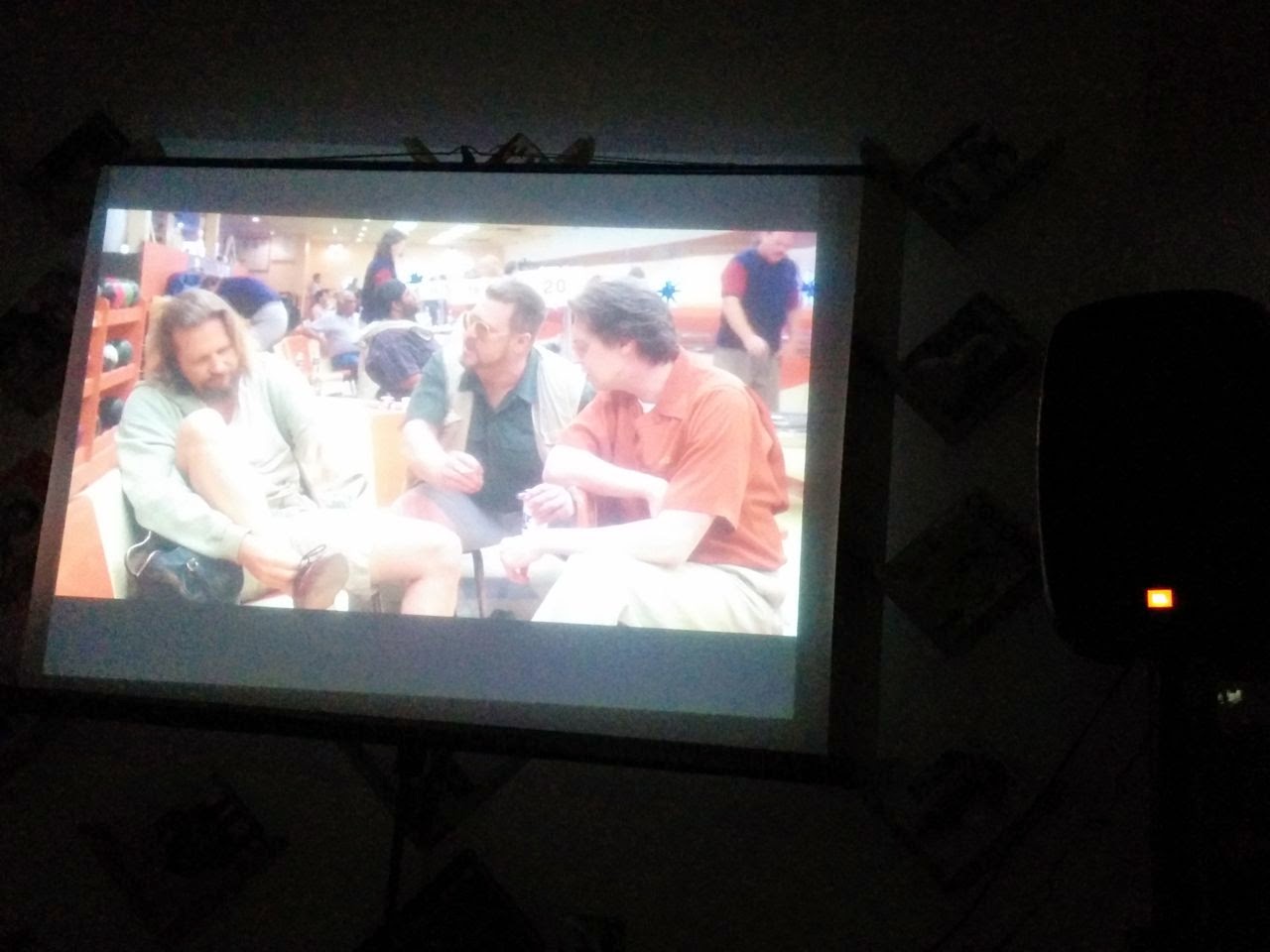To provide some context to its two-month-long exhibition of "crochet coral", beginning this week, NYU Abu Dhabi is hosting two panel discussions on crochet art, one of which I attended.
Each of the three crochet artists in the panel introduced their very different approaches to crocheting.
Shauna Richardson (left), spoke about her "crochetdermy" of animal forms with dense "skins" of crochet, including some inspired by public figures, and large outdoor projects like the three over-sized lions of Lionheart. As she confirmed, she does them in aggressive poses and natural colors, in order to avoid the toy look.
Toshiko Horiuchi MacAdam's (center) presentation drew many amused reactions from the audience, since her contrasting use of bright colors and playful shapes in huge, heavy-duty, netting-type crochet installations made them popular as jungle gyms for kids (and some adults), as many of her pictures showed. These and some of her less physically interactive works additionally employed interesting use of layering, as well as deliberate anchoring and weighting for dramatic surface contortion.
Finally, Christine Wertheim (right) began her segment with a fascination comparison of crochet to the ferrite core memory boards used in computers nearly half a century ago, pointing out that contemporary women's handicraft skills made them naturals when it came to weaving core memory boards, and supporting her opening statement that "crochet is a digital technology". She is also a co-founder of the Institute for Figuring and its Crochet Coral Reef project, assembling brightly colored, organic-looking hyperbolic crochet surfaces that bunch up into forms that resemble corals. She described how the artists' allowing variation in the crochet "formula" resulted in diversity akin to that found in nature due to genetic mutations, and how they preserved their plastic waste for years to weave them into the project's "toxic reefs".




















